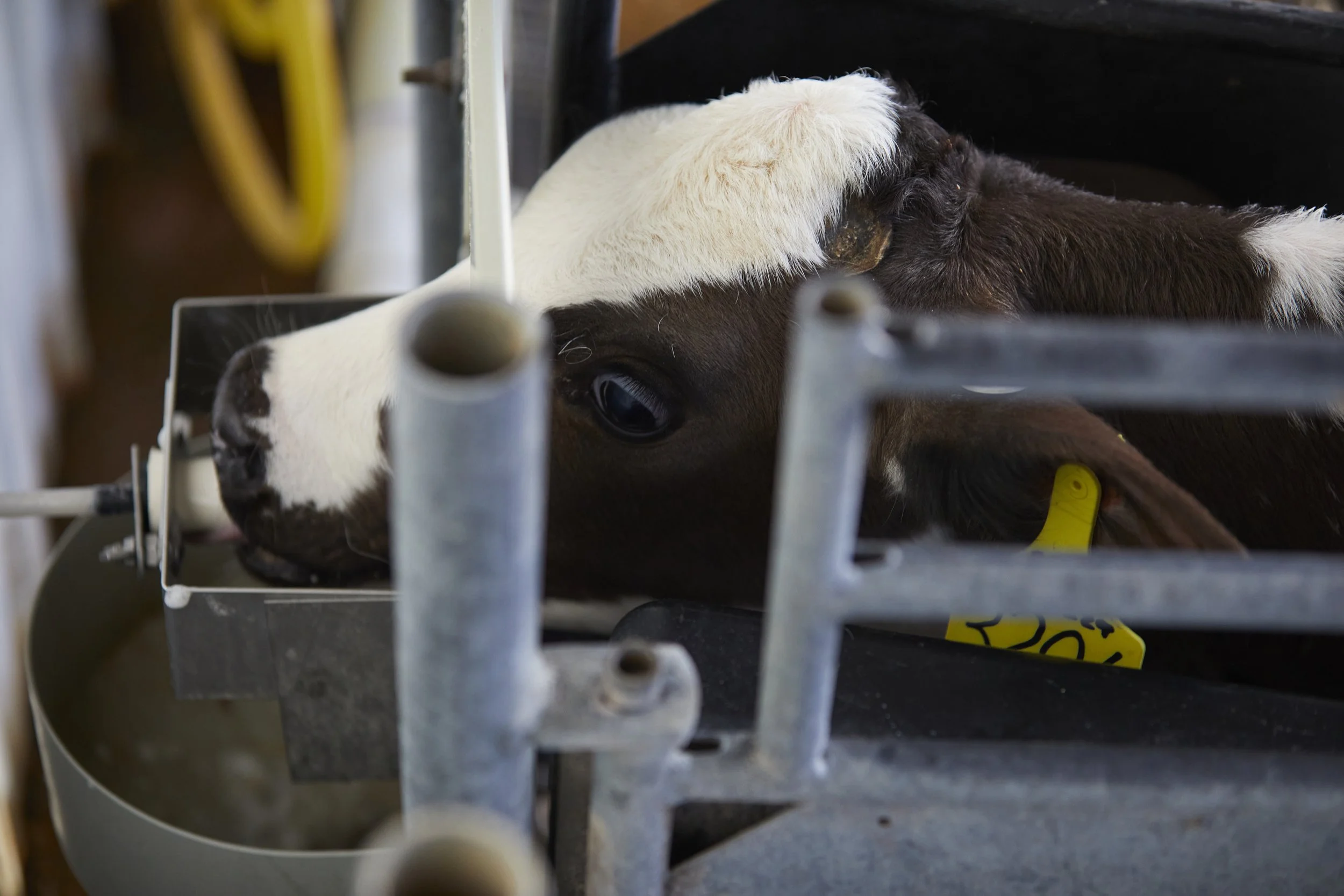All the “Wheys” We Can Create Quality Milk Replacer
If there is one ingredient I wouldn’t want to give up when making excellent milk replacer, it’s whey. A protein-packed superfood for calves, whey is a very flexible and high-quality component in milk replacer manufacturing.
About one-third of the total volume of every bag of Strauss milk replacer is made up of whey, depending on the formulation’s fat and protein content. So, it’s an ingredient to which we pay a lot of attention.
There was a time when whey was considered a useless byproduct of cheese production. It literally was flushed away or spread onto farm fields. That picture has change dramatically. Processors sometimes only-half-jokingly state that the cheese is now the manufacturing byproduct, because whey has become so valuable.
Whey is the liquid that is leftover when milk is curdled to make cheese. The protein that makes cheese is casein; the remaining fraction is whey protein. Cow’s milk contains about 80% casein protein and 20% whey protein, so there’s a fairly substantial amount of milk protein that remains in whey – definitely too much to just throw away.
“All of our whey ingredients – whether we process them or not – meet food-grade standards. Calves are babies, and they need and deserve that consistency.”
Lactose (milk sugar) is abundant in whey. Standard, unprocessed whey contains about 78% lactose and 12% protein, with the remainder comprised of moisture and minerals (ash).
In milk replacer manufacturing, we typically use whey products that have been processed in some way. They include:
Delactosed whey – Some of the lactose is removed, resulting in a product in which the protein fraction is boosted to 20-26%.
Whey protein concentrate (WPC) – Through ultrafiltration, lactose and minerals are removed, resulting in a product that is about 34% protein and 54% lactose. WPC is the whey ingredient we use most commonly in manufacturing Strauss milk replacers.
High-protein whey protein concentrate (HPWPC) – Further processing creates a whey derivative that contains 70-90% protein.
Processing can be taken one step further to create whey protein isolate (WPI) that contains about 95% protein. While extremely high-quality, we normally do not use WPI in milk replacer because its refinement makes it quite costly. Most WPI finds its way into sports drinks, protein powders, and human nutrition supplements like Boost® and Ensure®.
If you look at the ingredients on a loaf of bread, box of crackers, or bag of pancake mix, you’ll discover that whey is a common product in a wide range of processed foods. The human pharmaceutical industry also uses the lactose in whey as a carrier in many tablets and capsules.
All of this competition from human products means whey is no longer a “cheap” or “waste” product. We may have discovered its value first for making milk replacer, but now we compete in a global marketplace for this highly-sought-after ingredient.
Fortunately, Strauss Feeds has relationships and systems in place that set our whey quality, consistency, and affordability apart from the competition. Much of our whey comes from a single source – a family-owned cheese plant in Ohio with similar values and standards to ours.
The addition of our spray dryer system at our Indiana headquarters allows us to take regular deliveries of condensed whey from that and other sources, and process it according to our own specifications.
On the open market, whey is classified as “animal grade” or “food grade.” The quality standards for animal-grade whey are not as stringent, and the biggest risk in using it is the possibility of high bacteria counts.
That’s a chance we’re not willing to take. All of our whey ingredients – whether we process them or not – meet food-grade standards. Calves are babies, and they need and deserve that consistency.
Most milk replacers require approximately equal proportions of protein, fat, and lactose to create a balanced product. There are alternative proteins sources that can serve that function “on paper,” but as a milk derivative, whey is the most digestible protein source compared to pea, soy, wheat, or plasma protein. As our industry has shifted to feeding higher-protein liquid rations to calves, that superior digestibility is more important than ever.
Plus, there is no realistic alternative to lactose. Fortunately, whey delivers both protein and lactose in a highly digestible and adaptable package. Whey does not usually garner much attention in a world concerned with protein and fat, but it is a very integral component of the milk replacer formula.



It takes hard work and considerable investment to create a newborn calf. So, when that calf hits the ground, we want to do everything we can to give it the best possible start to a healthy and productive life.